Hello bakers! Whether you are a Bailiwicker or not (and if you’re not, why aren’t you yet? Sign up now at The Bailiwick Academy!), if you live in Japan, you’re going to find that some ingredients for your recipes aren’t available in the local stores. Not only that, but it’s also a challenge to read the ingredients because English isn’t Japan’s first language. That’s why for this article, we’re going to look at baking ingredients and their substitutes that you can look for if ever you’re located in Japan.
Is baking really a challenge in Japan?
To answer this question right away, no it’s not. But it’s also not easy. As this article in Japan today says:
“You can find all the basic baking ingredients at your local supermarket: flour, baking powder, sugar, chocolate chips, butter, milk. Most grocery stores have a small baking section, stocked with tiny bags of cake decorations, cake mixes, as well as cupcake tins. Everything is just a notch smaller and more expensive than back home, but it’s there. Reading some packaging can be difficult if you don’t know how to read kanji characters, but here are some of the staples you can easily locate, as they are written in katakana:
Certain ingredients such a powdered sugar, coconut, cocoa, and other types of flours are only available at import shops, but you can most likely find everything (at a cost!), as Japan does baking extremely well.”
In short, quantities are just smaller and more expensive but Japan generally does what you have if you want to bake. Plus, it’s not like there are no bakeries in Japan. According to Tokyoesque.com, today there are more than 10,000 Japanese bakery shops!
So what’s the problem with baking ingredients and why do we need to find their substitutes?
Well, as mentioned above, some ingredients that you might need for specific recipes for The Bailiwick Academy are hard to find.
Take this question of Bailiwicker Minel back in 2019 in the Student Lounge:

Now, as bakers all know, the protein content of the flour you use will matter, depending on what you’re baking. As this Oregon Live article said, the more protein in flour, the more gluten it will produce, which gives baked goods their structure.
(If you want to learn more about the technical aspects of baking, try enrolling in our Bakery Operations class! You’ll learn a practical approach to operating a successful bakery from our instructor’s many years of experience mentoring startups and large-scale businesses. All the fundamentals that you need will be taken up, guaranteed!)
And for this particular recipe that Minel was making (ensaymadas of Chef Joey Prats), she needed flour that had more protein. Otherwise, her ensayamada will not form properly.
And it’s not only particular flour that is hard to find. Interac says that there are plenty of ingredients that are really hard to find, for the simple reason that these items are not popular in Japan. So you’re really going to have to do ingredient substitutions for a lot of recipes.
Baking Ingredients and their substitutes: What to look for
So since this article is about Japan and ingredients there, we asked our Bailiwicker in Japan Maria for her recommendations. According to her, she usually buys from the TBA Shop, so she rarely doesn’t have the ingredients that she needs. But for those that aren’t available in TBA Shop or in Japan, here are her hacks!
Baking Ingredient: Flour
According to Maria, the popular flour is Kameriya.
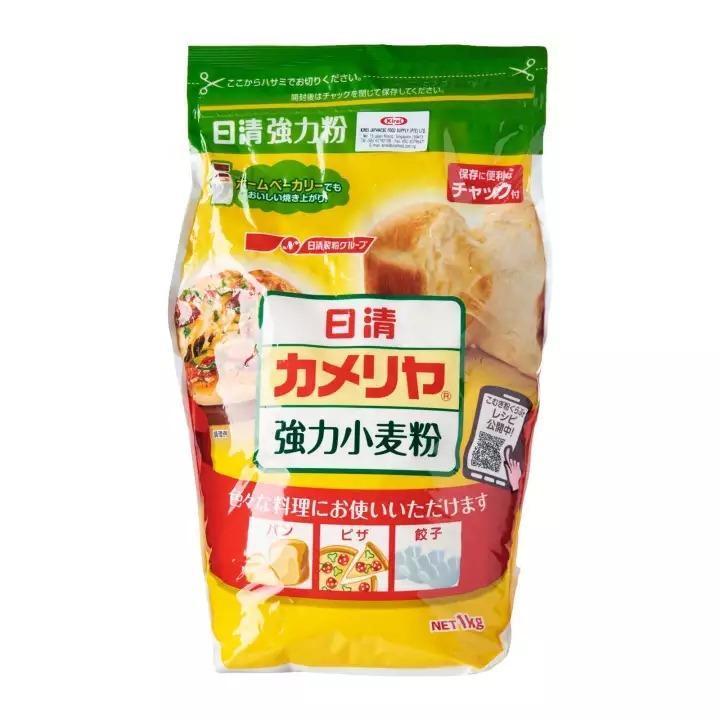
Another is Kumamoto Ken-san if you need pastry or cake flour.
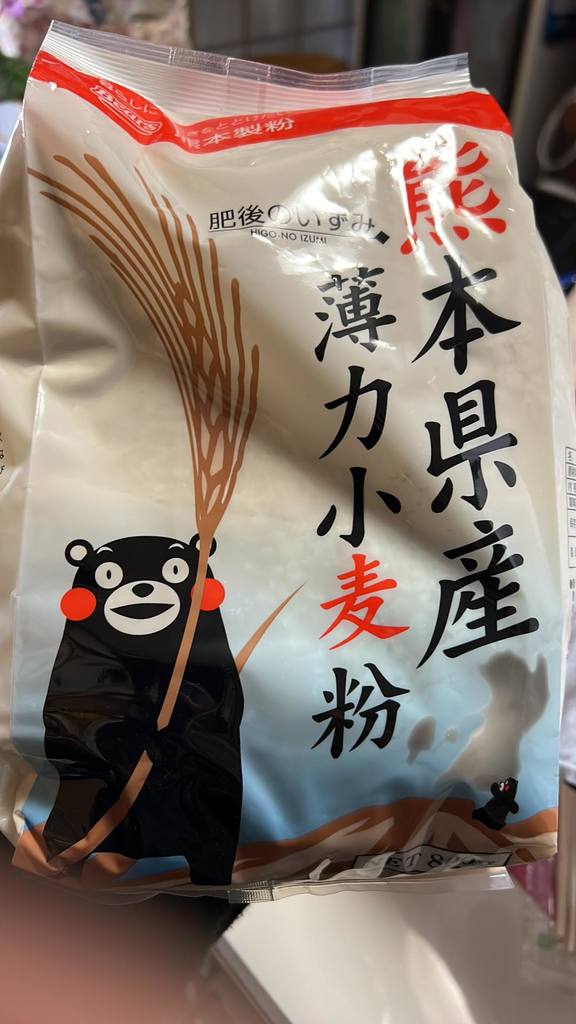
However, she doesn’t buy these is she can help it, because both are expensive.
Substitute Flour
What she does instead is to buy Nisshin Seifun Flour from Amazon.
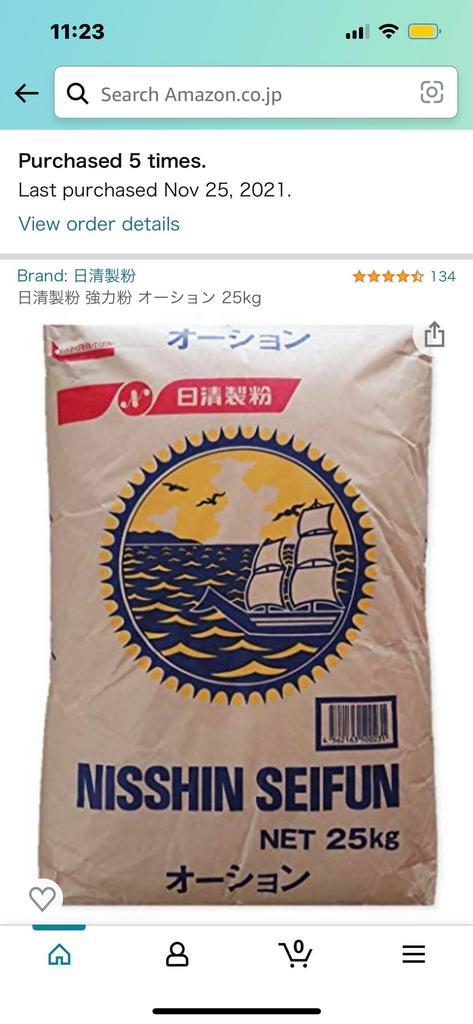
And at 25kg, it’s cheaper in the long run!
Baking Ingredient: Magimix Yellow and Green
A lot of The Bailiwick Academy bread classes require the use of Magimix. In fact, the TBA shop carries both Magimix Yellow and Green.
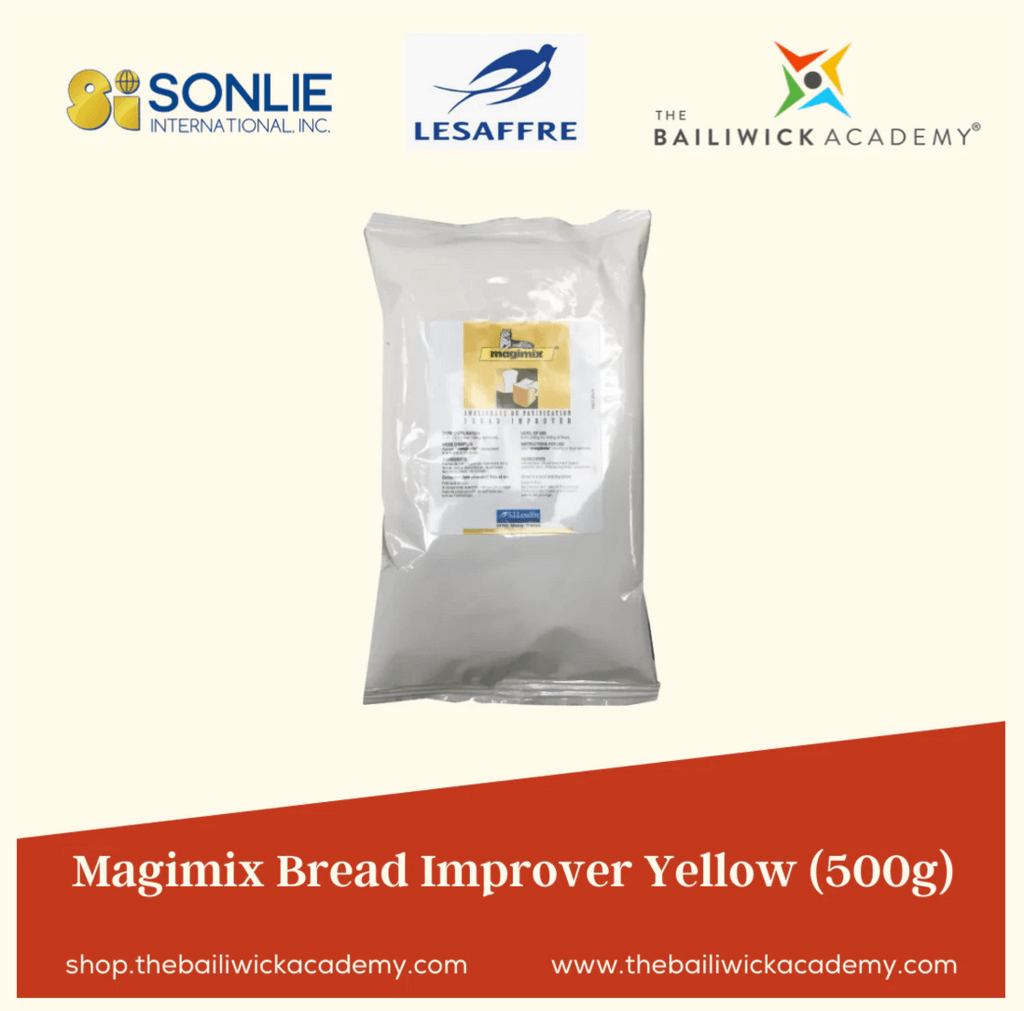
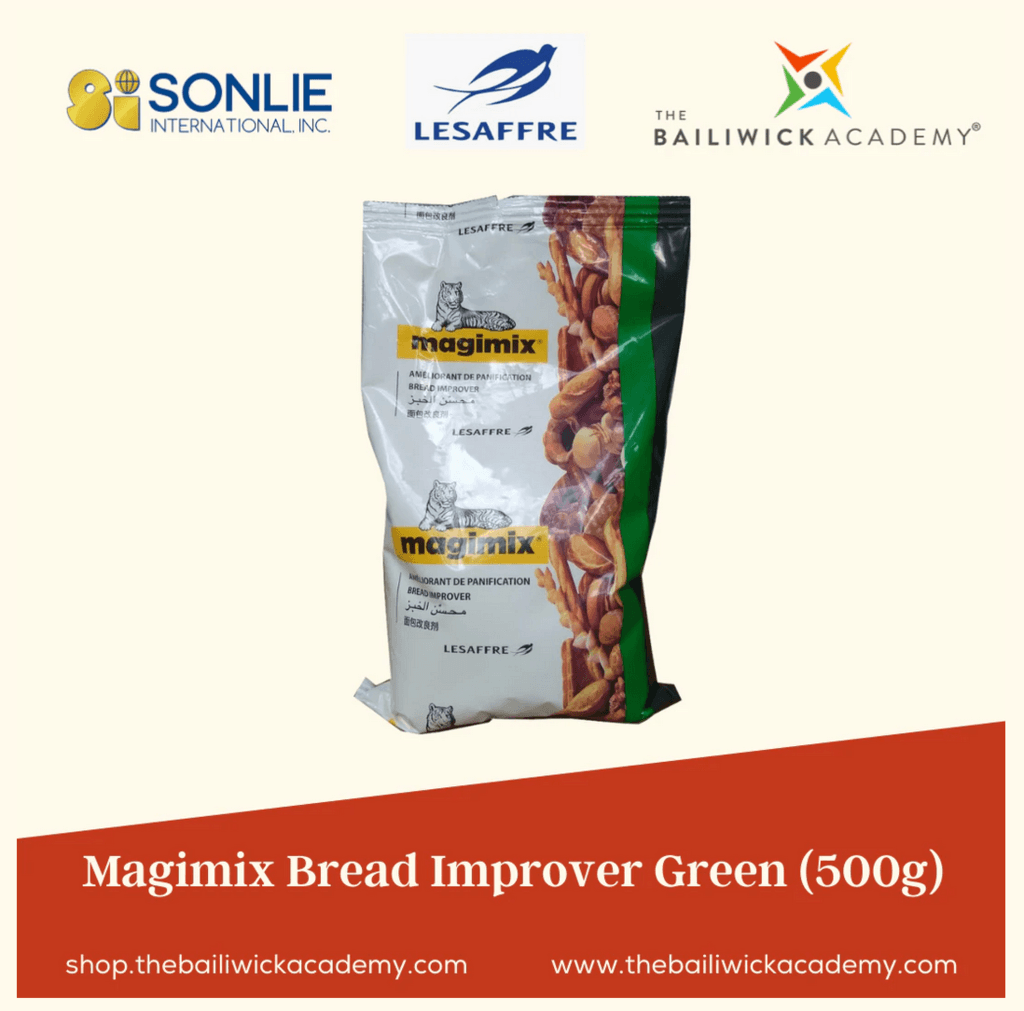
Of course, both aren’t in stock all the time. And you won’t be able to buy Magimix in Japan.
Substitute Bread Improver
What Maria does is to buy Puratos S500 Plus through Amazon. Problem solved!
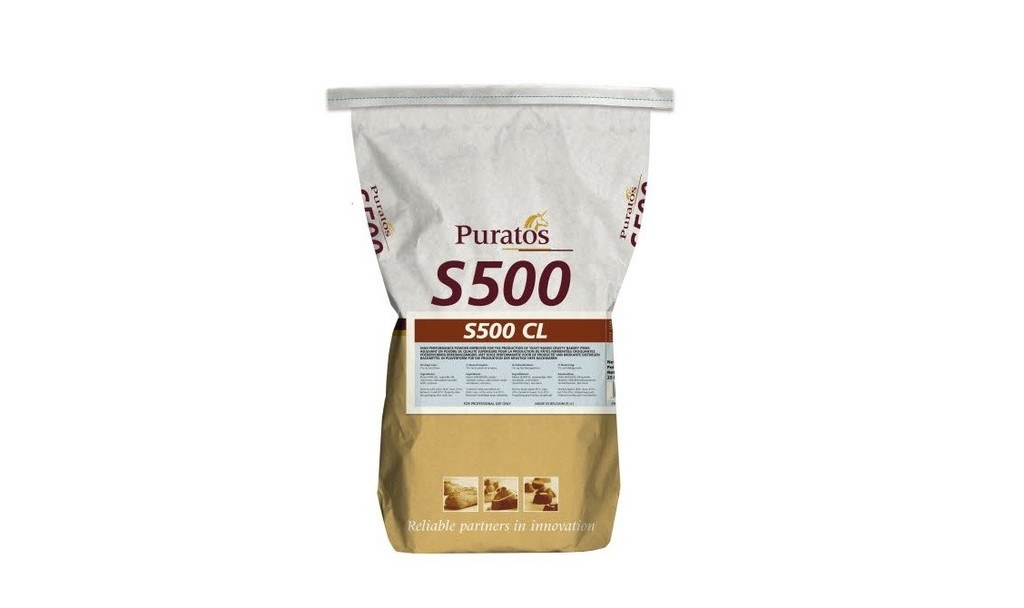
Baking Ingredient: Muscovado
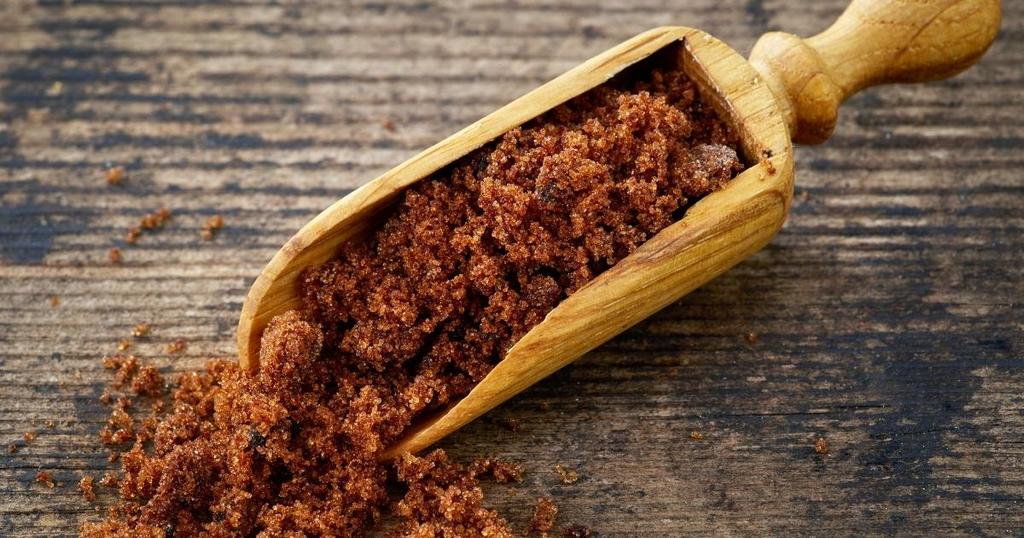
Muscovado sugar is available in Japanese groceries. However, again, it is expensive and has smaller quantities when compared to the sugar you can buy in the Philippines.
Substitute Muscovado
What Maria does instead is to buy coconut sugar from a Nepalese shop in her area to substitute for muscovado. It’s cheaper by almost half!
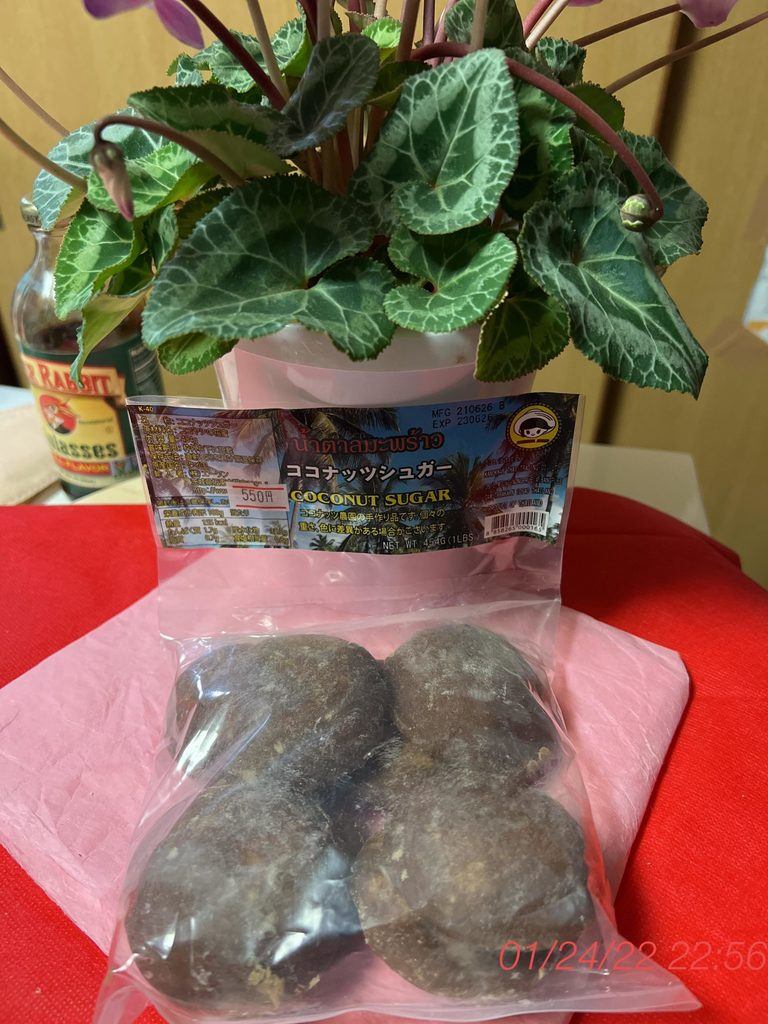
Baking Ingredient: Dark Brown Sugar
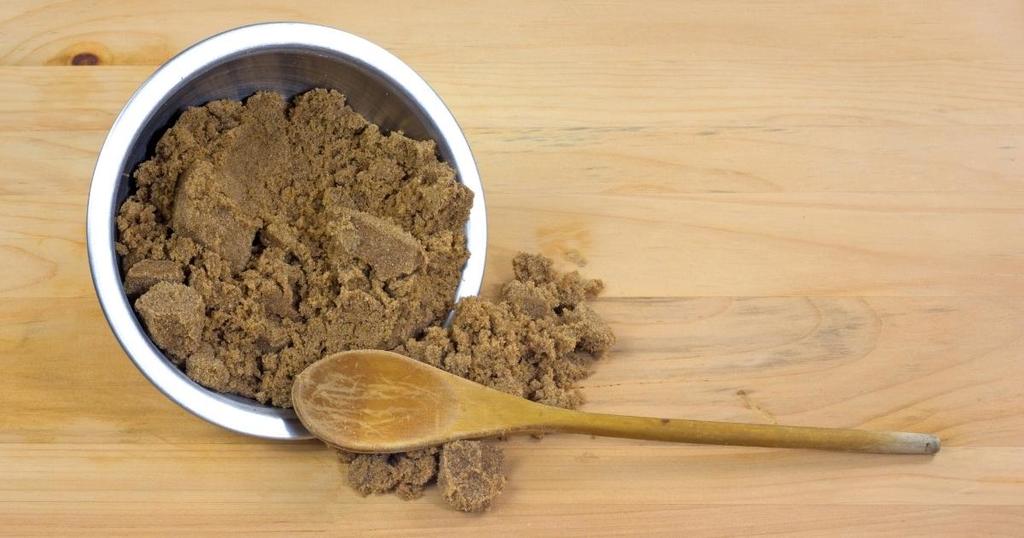
Maria says that for The Bailiwick Academy Gourmet Cookies class, you’ll need dark brown sugar. However, there is no dark brown sugar where she is.
Substitute Dark Brown Sugar
So what Maria does is she buys granulated sugar and then mixes it with Brer Rabbit Molasses. She also bought it from Amazon.
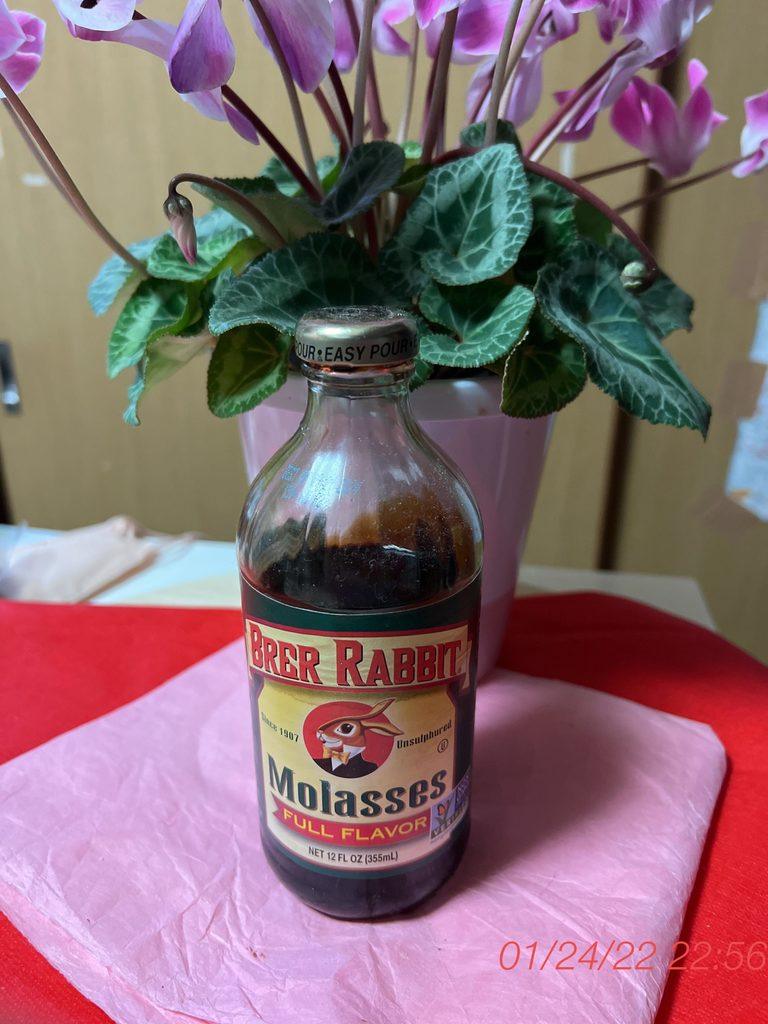
Baking Ingredient: Glucose
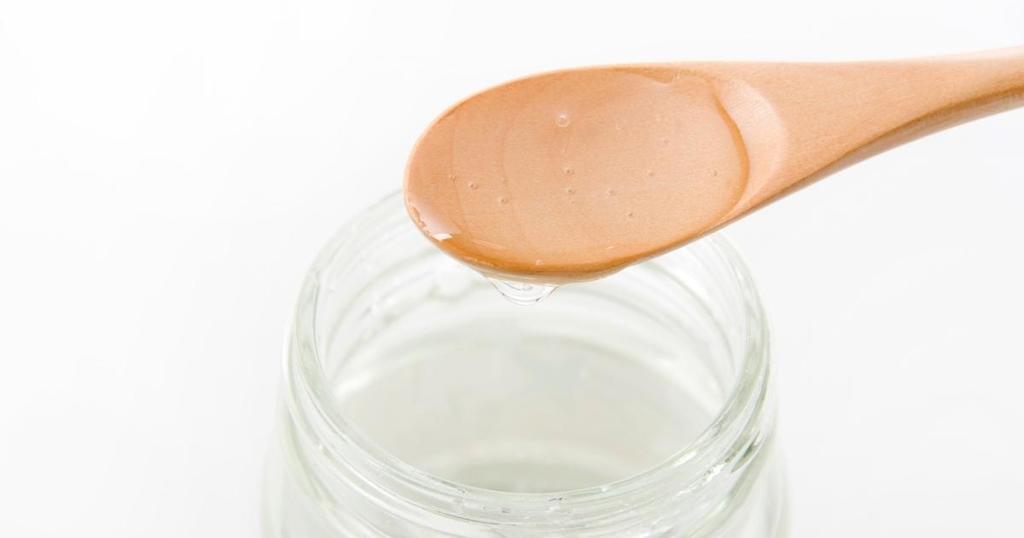
Glucose is an important ingredient for recipes for making caramel, cookies, and brownies, as well as the TBA Class The Art of Edible Flowers. In short, you need glucose a lot!
However… you guessed it, it’s not easy to find in Japan!
Substitute Glucose
Thankfully, Maria has two substitutes for you. One is Origo-tou.
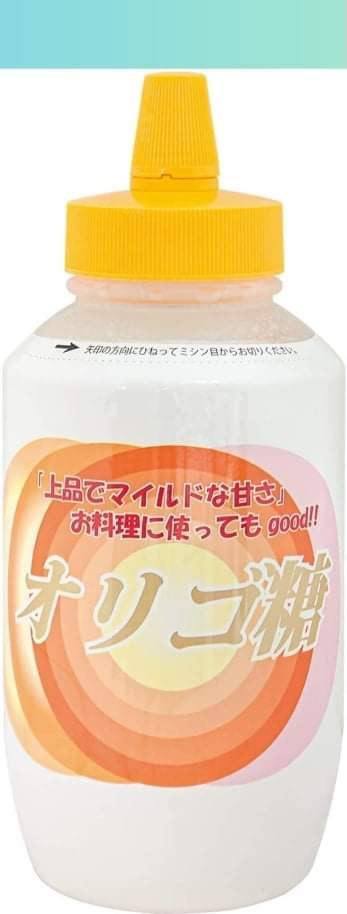
The other is Karo light syrup.
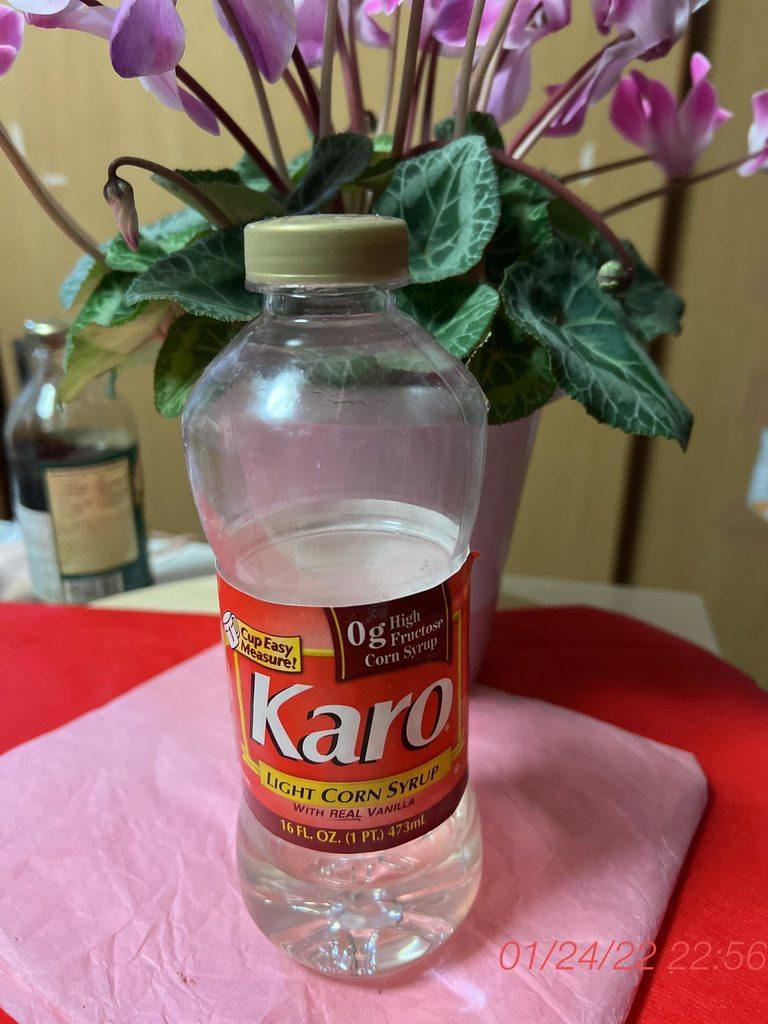
Both are more than okay to replace glucose and are easily bought in Japan.
Baking Ingredient: Penco Tylose
Penco Tylose is that wonderful ingredient that is also used very much in The Art of Edible Flowers, for edible glue, fondant, and gum paste.
Substitute Penco Tylose
She buys CMC from Amazon to substitute for Penco Tylose.
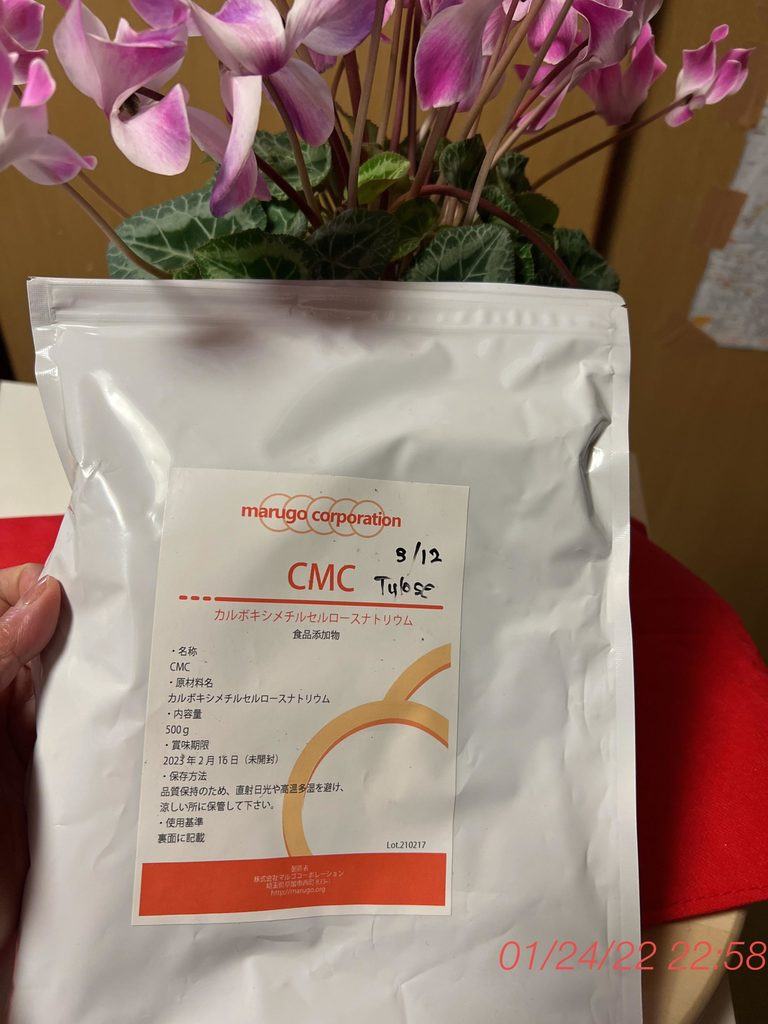
Baking Ingredient: Ube Paste
One last ingredient that Maria says will be hard to find in Japan is ube. TBA has plenty of classes that use ube. But we also know that even in the Philippines, ube can be hard to find, depending on the season.
Thankfully though, Maria can easily buy ube paste from Rakuten or Amazon online. No need to look for substitutes for this one!
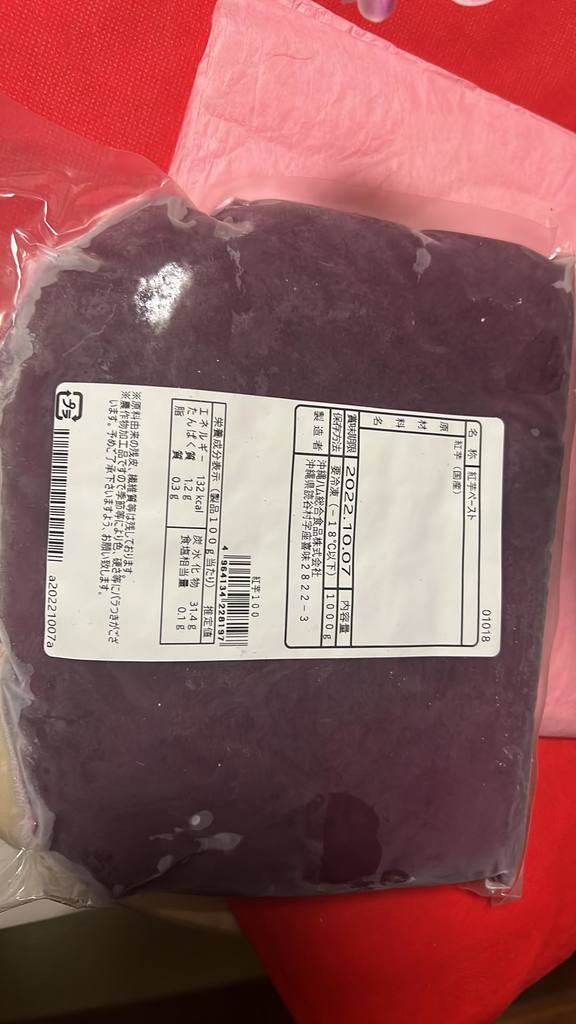
Thank you Ms. Maria for most of these pictures and for your time!
What other baking ingredients and their substitutes would you like to know about?
And there you have it! Folks in Japan, save this list so you won’t have to keep searching for those baking substitutions that you need.
If you live in a different country and you also want to know the ingredient substitutions for your area, tell us in the comments! And if you have other topics that you want to learn more about that you want The Bailiwick Academy to help you out with, reach out to us. We’d be glad to meet your needs!
In the meantime, keep coming back to The Bailiwick Academy blog for more informative articles!
P.S. Before you go, don’t forget to sign up at The Bailiwick Academy for exclusive access to our life-changing classes!

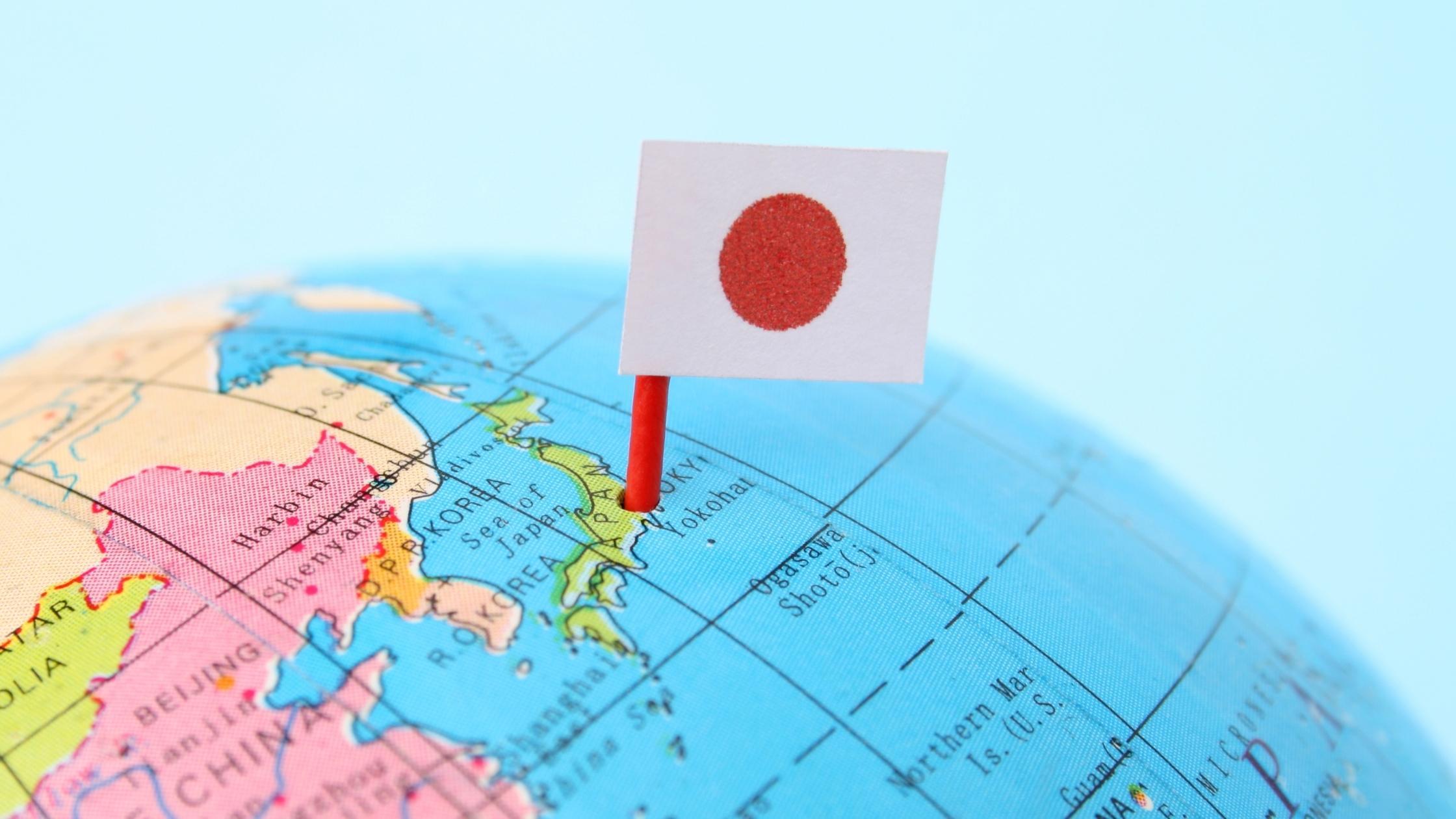
Pingback: What is Italian 00 flour? - The Bailiwick Academy
Pingback: Donburi Dishes You Should Absolutely Taste! - The Bailiwick Academy